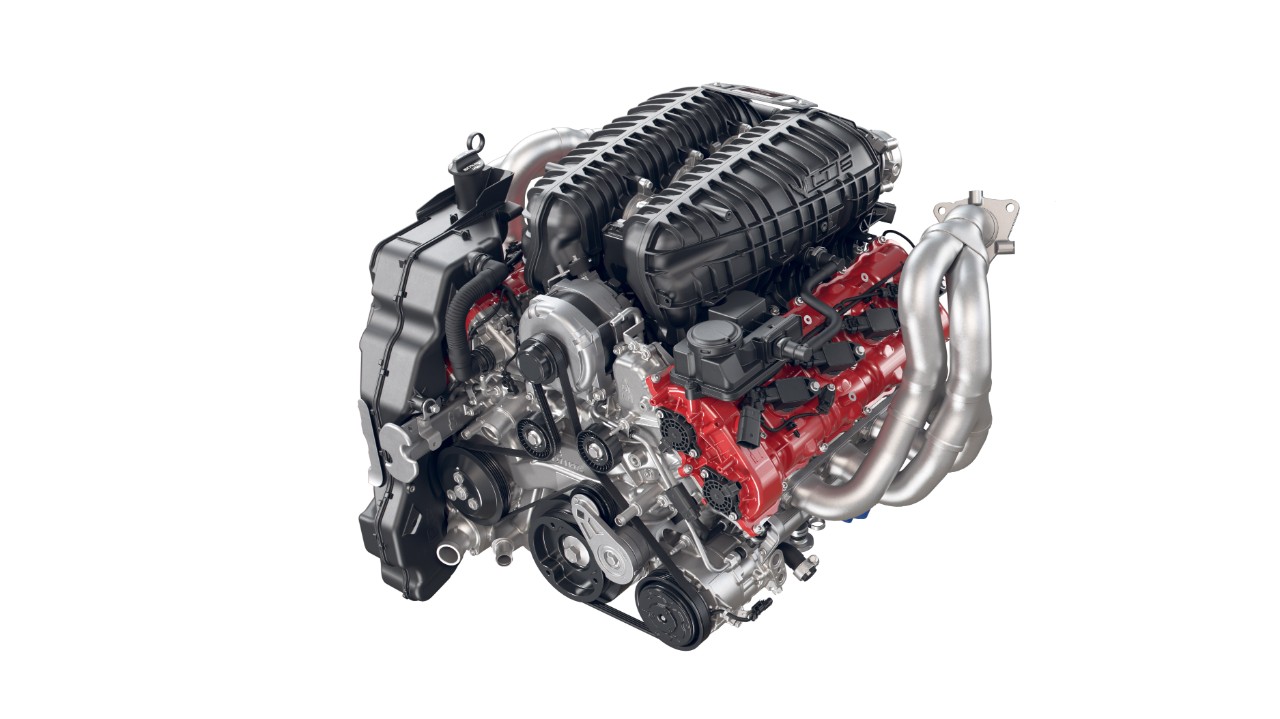LT6 Engine Ultimate Guide
Tuesday, October 26, 2021, was a big day in the world of the Chevy Corvette. We, along with the rest of the world, got our first real look at the all-new 2023 Corvette Z06. Since its introduction, the internet has been abuzz with all sorts of news about Chevrolet’s newest super car. From its track-bred architecture to its near hyper-car performance potential, there’s been a lot of conversation about what drives this beastly Corvette. It is with this thought in mind that we decided to proverbially “look under the hood” and share all we could uncover about GM’s all-new LT6 5.5-liter engine.
Let’s start with some statistics. First, this latest engine is the most powerful naturally aspirated, internal combustion engine (by a good margin) of any production Chevrolet small-block ever produced. Boasting a massive 670 horsepower, the LT6 trumps almost all its Corvette predecessors (save for the 2019 Corvette ZR1’s Gen V LT5 engine, which boasted 755 horsepower, but only with the aid of an Eaton supercharger – the LT6 has none.) It also outpaces the C7 Z06’s LT4 engine by twenty horsepower.
No Subscription? You’re missing out
Get immediate ad-free access to all our premium content.
Get Started



